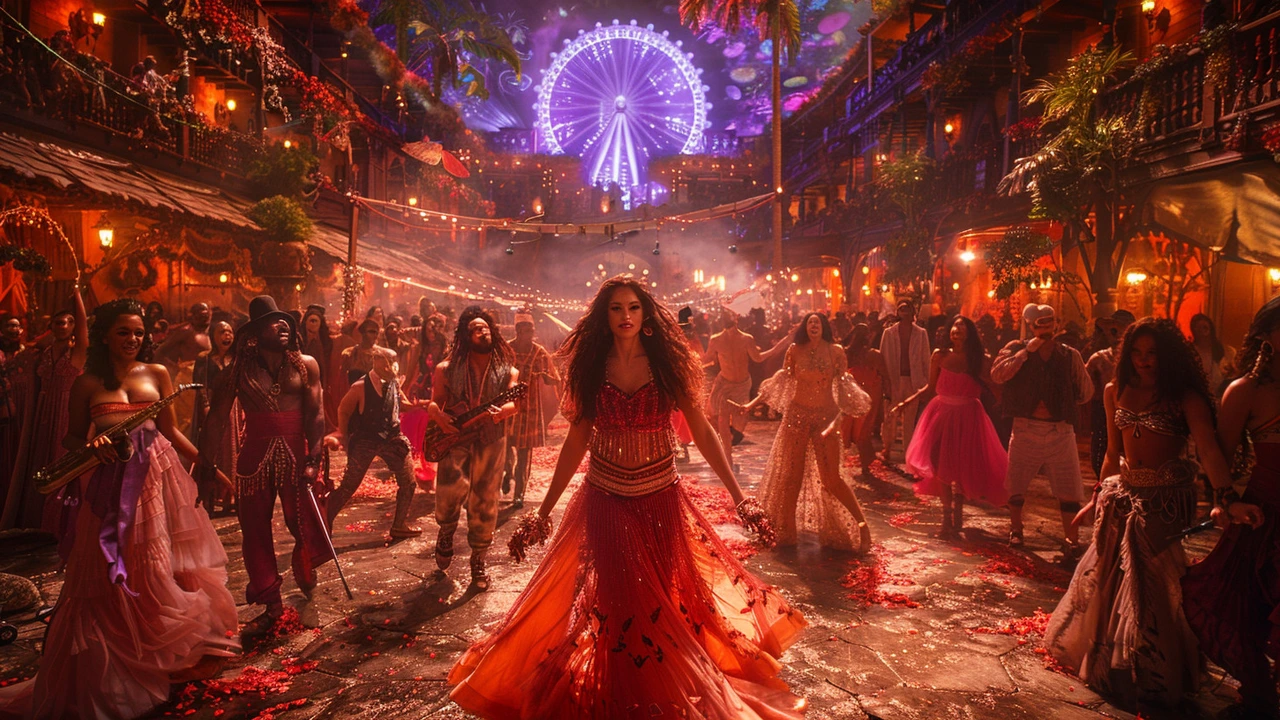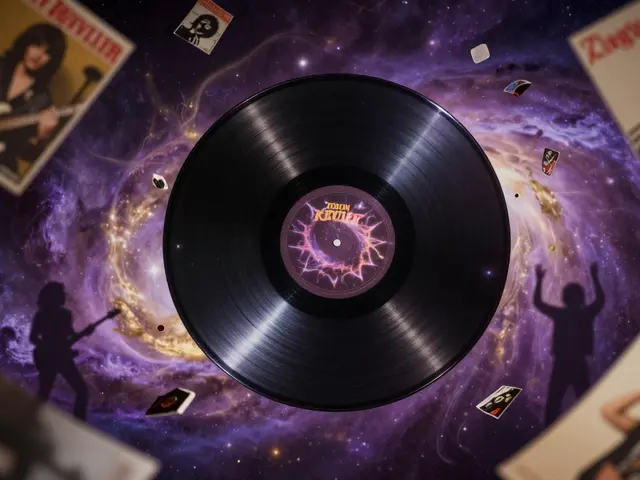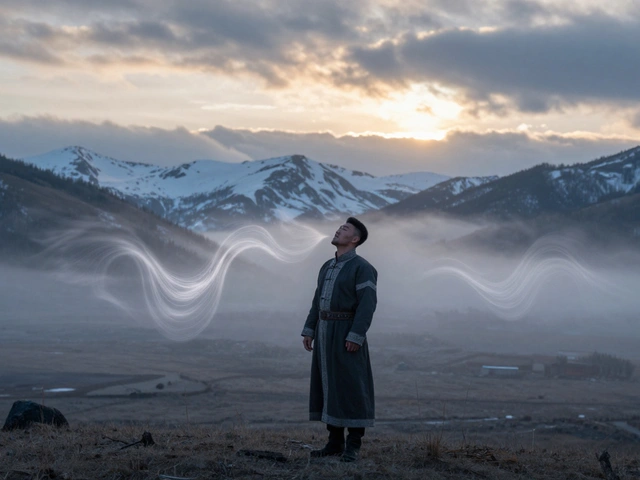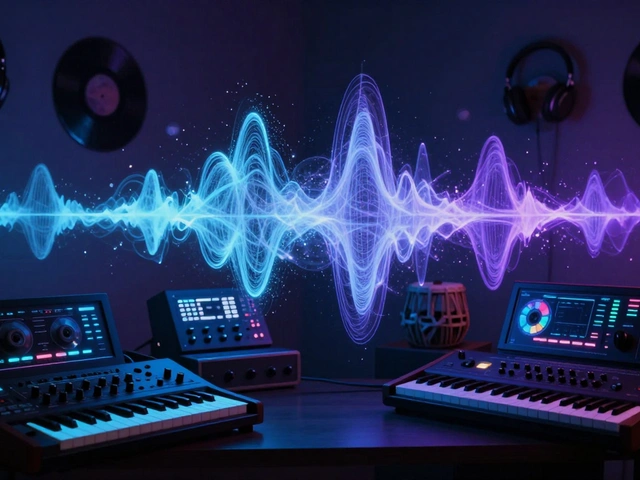Rhythm and Blues (R&B) isn't just a genre; it's a powerful force that has significantly influenced the musical and cultural landscapes around the world. Originating in the African American communities of the 1940s, R&B has evolved through the decades, giving rise to various sub-genres and influencing countless artists across different music styles.
From its roots in jazz and blues to its modern-day incarnations, R&B serves as a testament to the resilient spirit and creative prowess of the artists who paved the way. The genre has always been more than just music; it has provided a voice for social change, a platform for cultural expression, and a bridge that unites people from all walks of life.
By examining the journey of R&B, we can appreciate not only the music itself but also its profound impact on society. The ongoing evolution of R&B reflects our collective history and the strides we've made towards inclusivity and unity.
- Roots and Evolution of R&B
- Influential Artists and Milestones
- R&B's Role in Social Movements
- Modern R&B and Its Global Influence
- Tips for Appreciating and Exploring R&B
Roots and Evolution of R&B
The origins of Rhythm and Blues, or R&B, date back to the 1940s when it emerged from the African American communities. This genre found its initial footing in jazz, gospel, and blues—each contributing its unique flavor to what would become a transformative musical force. The term 'Rhythm and Blues' was coined by Billboard magazine in 1949 to classify all music that was marketed primarily to African American audiences.
In the early years, R&B's defining characteristics included a boogie-woogie rhythm, strong bass lines, and a consistent backbeat, all aimed at getting people on their feet. Artists like Louis Jordan and his Tympany Five were among the pioneers, using saxophone leads and rhythms that were both catchy and energetic. Jordan's song "Caldonia" became a massive hit and can still send shivers down your spine with its raw energy.
"R&B is more than a sound; it’s the story of a people and their journey. It's a cultural renaissance that continually shapes and redefines music." — Quincy Jones
As the 1950s approached, the genre began to evolve. The infusion of doo-wop harmonies, blues guitars, and gospel influences made R&B more diverse. Artists like Ray Charles and Sam Cooke brought emotional depth to their music, incorporating soulful, heartfelt lyrics that resonated with a wide audience. Charles' “What’d I Say” and Cooke's “You Send Me” played significant roles in defining the style and substance of R&B.
The 1960s and 1970s saw R&B morph into various sub-genres like soul, funk, and eventually disco. Record labels like Motown and Stax were instrumental in shaping the era's sound. Motown artists such as Marvin Gaye, Stevie Wonder, and Diana Ross not only topped the charts but also influenced societal change. Marvin Gaye's “What's Going On” remains an anthem for social justice and introspection.
The genre continued to evolve over the following decades. The 1980s and 1990s brought about the rise of contemporary R&B, characterized by a smoother production style and the integration of hip-hop elements. Artists like Whitney Houston, Michael Jackson, and later on, Aaliyah and Usher, dominated the airwaves, each leaving an indelible mark on the genre. Whitney Houston's “I Will Always Love You” remains one of the best-selling singles of all time.
R&B's growth never faltered in the 2000s and beyond. Modern R&B has become a global phenomenon, with artists like Beyoncé, The Weeknd, and Frank Ocean pushing boundaries and introducing innovative sounds. It has also transcended cultural barriers, bringing together a diverse array of influences and audiences.
R&B is not just music; it's a living, breathing expression of human experience. From its roots in the African American struggle and resilience to its current status as a universal language of rhythm and harmony, the evolution of R&B is a testament to the power of music to inspire, unite, and transform.
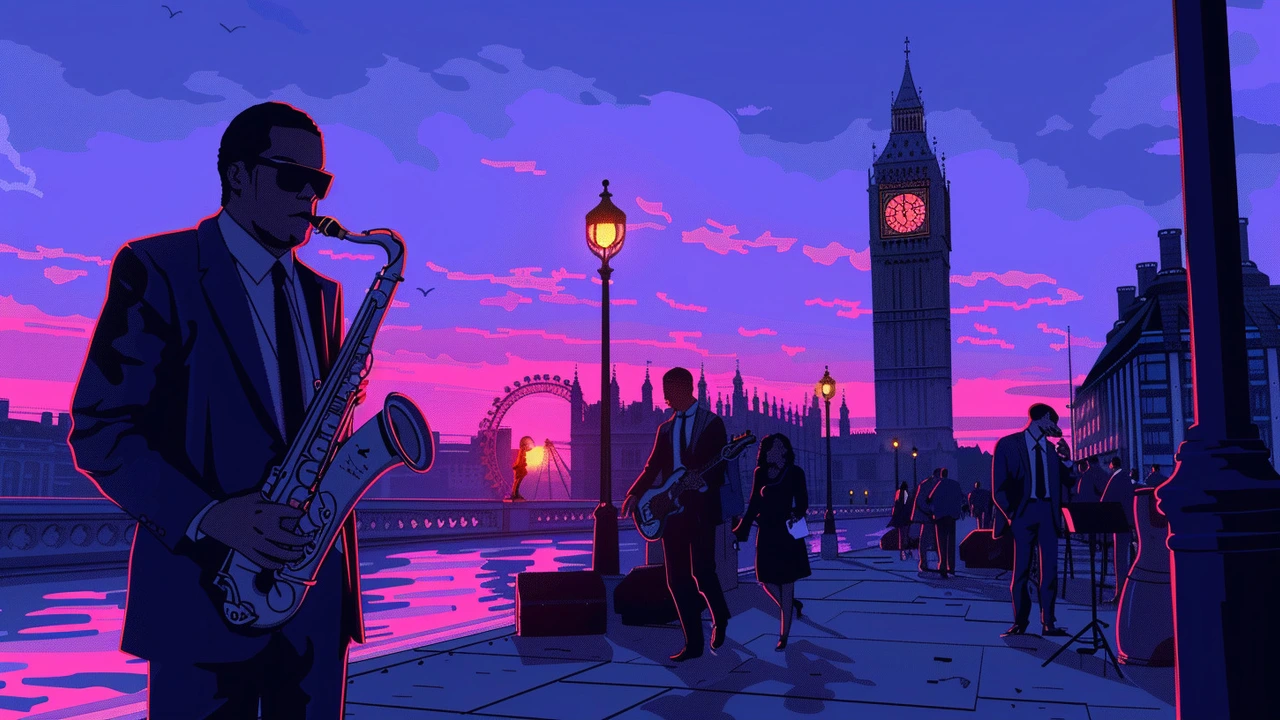
Influential Artists and Milestones
In the world of Rhythm and Blues, certain artists stand out not only for their talent but also for their incredible influence on the genre and culture at large. One of the earliest icons of R&B is Ray Charles, often referred to as the 'Genius.' Ray's fusion of jazz, blues, and gospel laid the groundwork for modern R&B. Songs like 'What'd I Say' and 'Georgia on My Mind' became classics that showcased his ability to blend different musical styles seamlessly.
Another legend who left an indelible mark on R&B is Aretha Franklin. Known as the 'Queen of Soul,' Aretha's powerful voice and emotive singing brought attention to songs like 'Respect' and 'Chain of Fools.' Her music not only entertained but also became anthems for the civil rights movement, echoing the struggle and resilience of African Americans.
The Motown Era
The 1960s saw the rise of Motown, a record label founded by Berry Gordy that became synonymous with soul and R&B music. Artists like Marvin Gaye, Stevie Wonder, and Diana Ross and The Supremes dominated the charts and introduced the world to a new sound that was polished, soulful, and immensely captivating. Marvin Gaye’s 'What’s Going On' is often hailed as one of the greatest albums in American music history, addressing crucial social issues through its poignant lyrics.
“There is no formula, but there's a soul, there's a commitment to the music.” - Marvin Gaye
Stevie Wonder, another Motown prodigy, redefined R&B with his innovative use of synthesizers and his ability to blend pop, soul, and funk elements. Albums like 'Songs in the Key of Life' remain timeless, showcasing Stevie's genius and versatility. Diana Ross and The Supremes brought glamour and grace to R&B, with hits like 'You Can’t Hurry Love' and 'Stop! In The Name of Love' becoming international sensations.
The Rise of Contemporary R&B
The late 80s and 90s witnessed the emergence of contemporary R&B, led by artists like Whitney Houston, Mary J. Blige, and R. Kelly. Whitney's vocal prowess and her ability to cross over into pop made her a global icon. Songs like 'I Will Always Love You' and 'Greatest Love of All' continue to inspire and move audiences worldwide. Mary J. Blige, often dubbed the 'Queen of Hip-Hop Soul,' brought raw emotion and authenticity to her music, with albums like 'My Life' addressing personal struggles and triumphs.
R. Kelly, despite controversies, played a significant role in shaping modern R&B with his smooth vocals and hit tracks like 'I Believe I Can Fly' and 'Ignition (Remix).' He introduced new production techniques that influenced countless artists. The 2000s saw the rise of artists like Alicia Keys, Beyoncé, and Usher, who brought their unique styles to the genre and continued to dominate the charts.
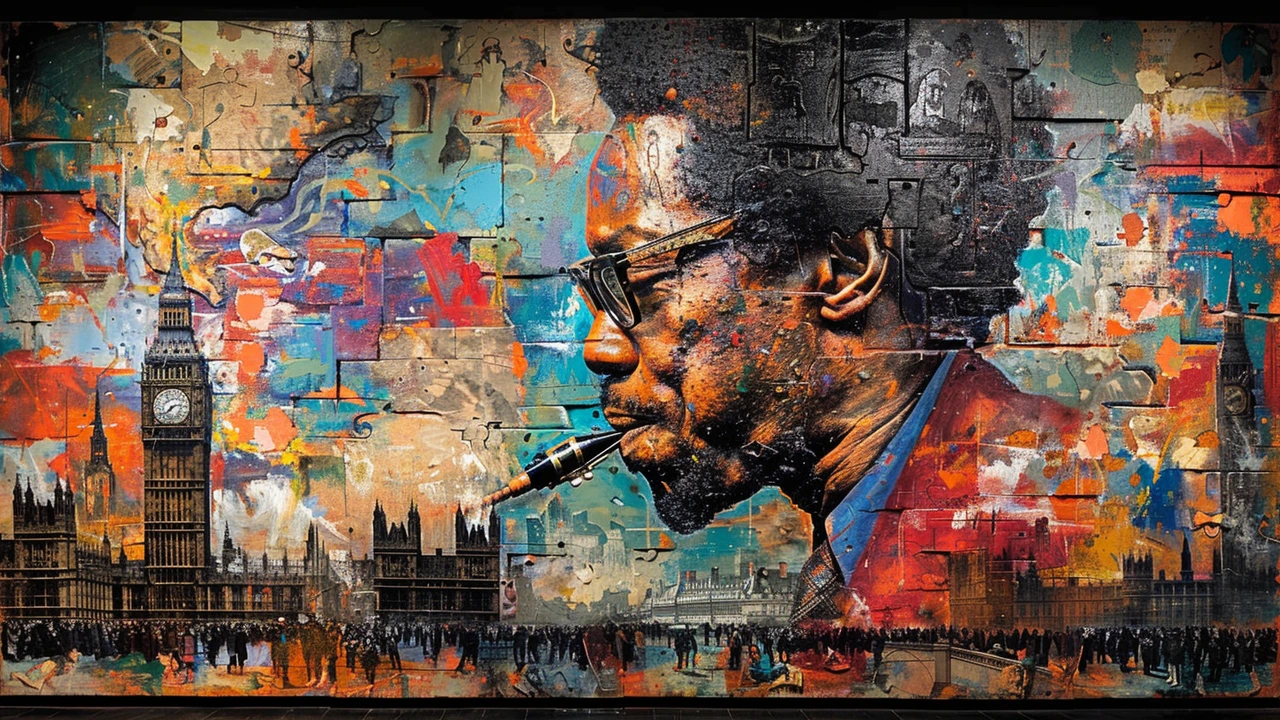
Tips for Appreciating and Exploring R&B
Delving into the world of Rhythm and Blues can be an exciting and enriching experience. For those new to the genre or even seasoned listeners, there's always something more to discover. Here are a few tips to help you appreciate and explore R&B to its fullest potential.
Start by exploring the roots of R&B. The genre's foundation lies in the rich traditions of African American music, specifically blues and jazz. Listening to early pioneers like Ray Charles, who infused gospel with blues, can give you a deep appreciation of the genre's origins. Don't miss out on artists like Sam Cooke and Otis Redding whose contributions are monumental. These legends not only shaped the sound but also influenced the themes and emotions that define R&B.
Next, immerse yourself in the influential eras of R&B. The 1950s and 1960s marked a golden age for the genre, with the emergence of Motown and Stax Records. Listening to the hits from these labels, like The Temptations and Aretha Franklin, highlights the genre's diversity and emotional depth. Each track tells a story, often intertwined with the socio-political landscape of the time, giving you insight into the struggles and triumphs of the African American community.
Modern R&B should not be overlooked. Contemporary artists like Beyoncé, Frank Ocean, and Alicia Keys have taken the genre to new heights, blending traditional elements with modern sounds. Their work continues to push boundaries and explore new themes, making R&B a constantly evolving genre. Erykah Badu once said, "Hip-hop is my home, R&B is my cousin." This quote encapsulates the close relationship between R&B and other genres, showing its versatility and broad appeal.
Don’t forget to attend live performances. Nothing compares to the experience of hearing R&B music live. The energy of the performers and the atmosphere of the venue elevate the music to a new level. Many cities host annual R&B festivals that feature both legendary artists and new talents. These events can be a fantastic way to immerse yourself in the community and experience the music as it's meant to be heard.
Finally, engaging with R&B communities online can be incredibly rewarding. Platforms like Reddit, forums, and social media groups are filled with passionate fans and knowledgeable experts who can share insights, recommend tracks, and provide historical context. These communities often host discussions, share rare recordings, and organize virtual listening parties, adding layers to your understanding and appreciation of the genre.

